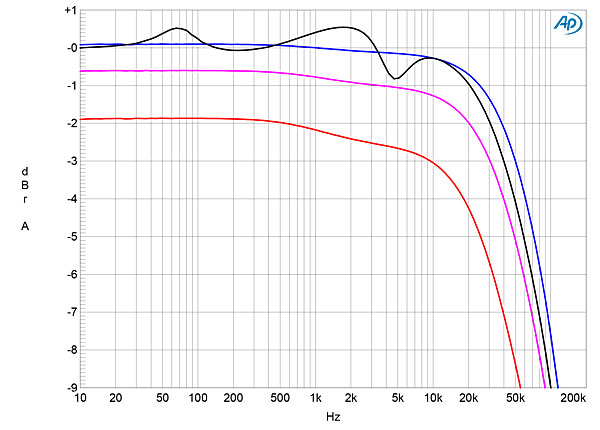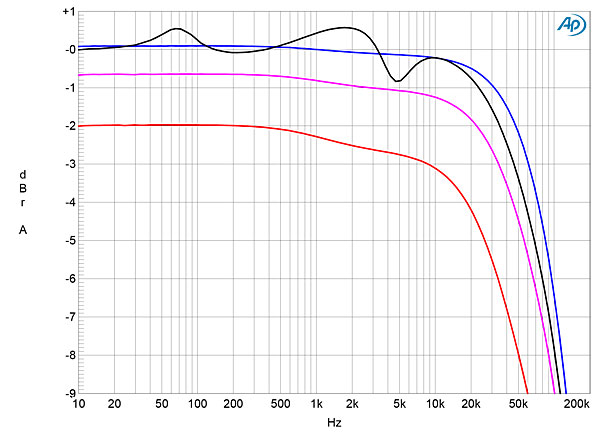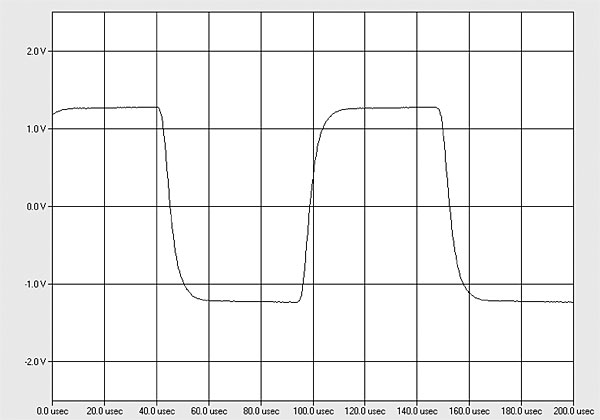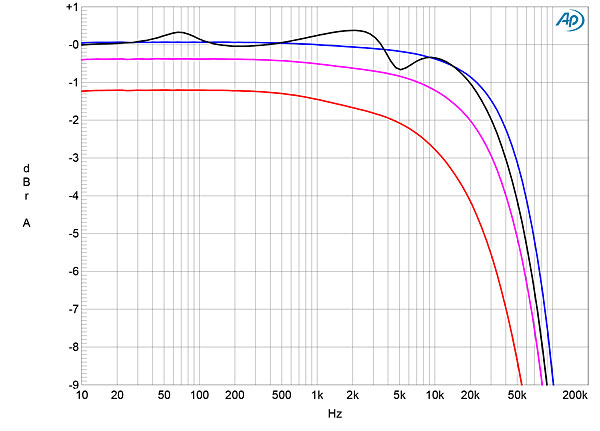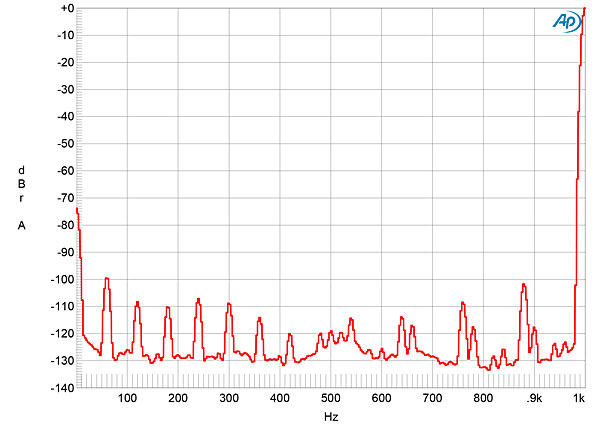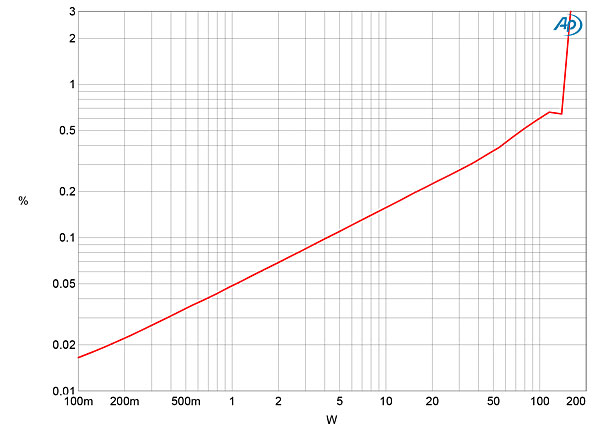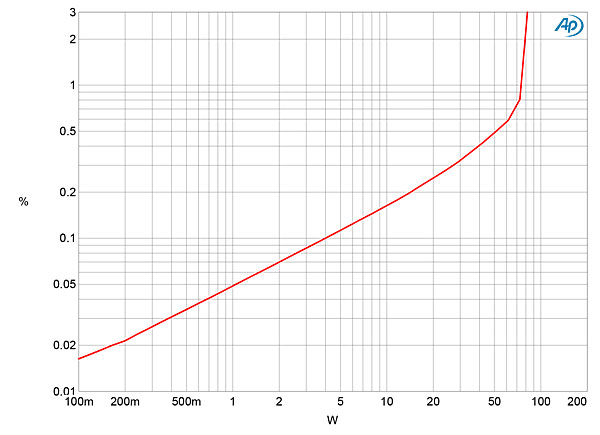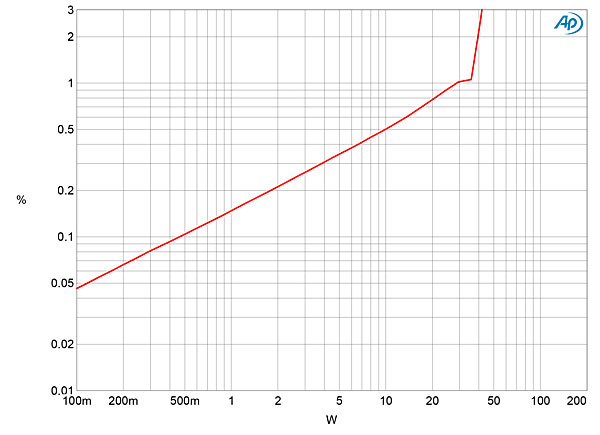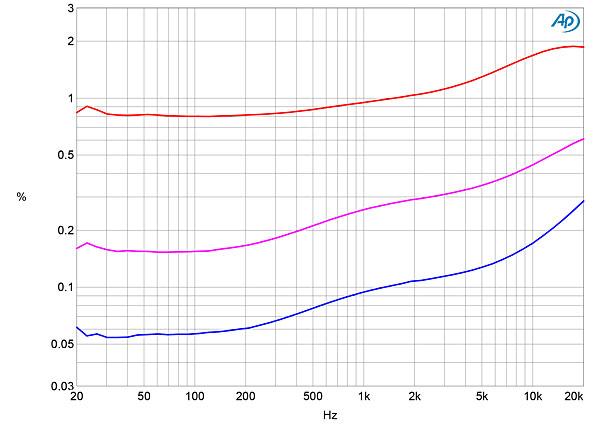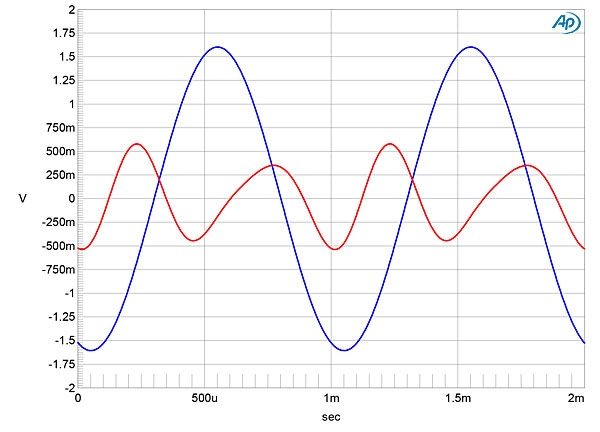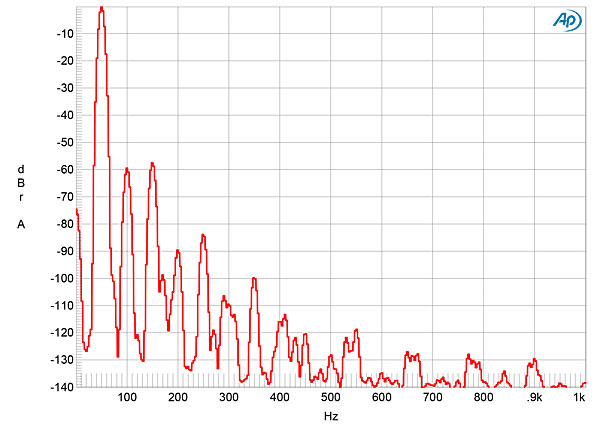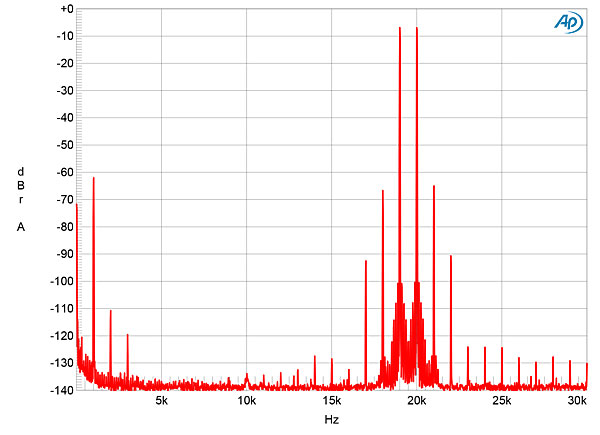| Columns Retired Columns & Blogs |
Better keep some sort of connection with Kevin Deal's Tube Vault and plenty of Dinero for those pricy Tube replacements when they suddenly exhaust themselves.
I've accepted numerous pieces of ARC Gear in Trades of one sort or another, ( like all Tube Gear ) ARC is very Tube selection sensitive. You'll need the hand selected and Juried Tubes and plenty of Back-up Glass.
Still, you can get on the Arnie Nudel tube subscription level and even get your Glass Cryogenically treated, while staying first in line when an especially good sounding batch of Tubes have been located.
I've been a Tube lover for over 7 decades but what Nelson Pass, Krell, Elecrocompaniet, PS Audio bring is a lovely release from having to cope with the ever changing performance of Glass Gear.
Audiophiles and Glass are Neurotic and Psychotic. A curious match of idiosyncrasies.
Tony in Michigan
